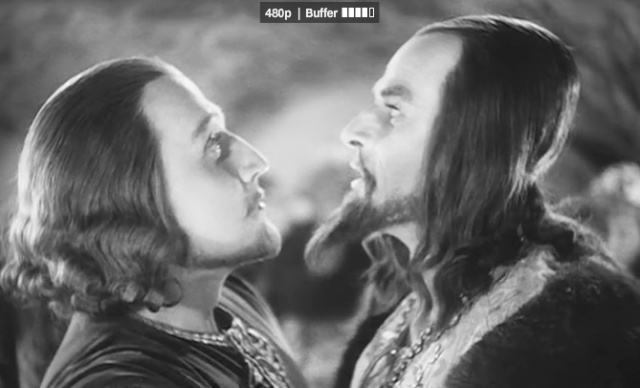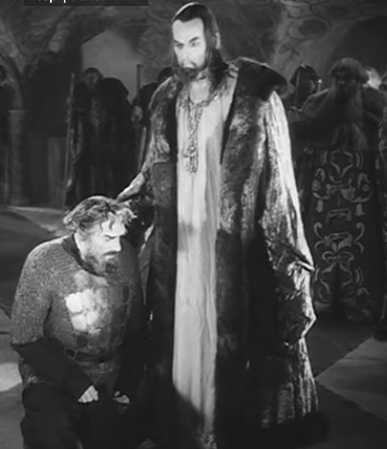I think on French netflix there should be a category called “charmante” for all those cute little French films featuring cafes, baguette’s and mysterious (and mysteriously easy) women with pixie haircut. Especially as these films, with “Amelie” as their cute captain, have come to dominate a good chunk of what French film exports to the states.
Curiously or not, this idyllic Paris is devoid of minorities. It highlights a problem of what France is: Is it the atheistic, no-veil, speak-French-only dream that existed, if it ever did, when France only sent people out of its country (to Africa, South Asia) and did little to invite them in? This is certainly the France that people like Jean-Marie Le Pen and his slightly-less-reactionary but far more successful daughter Marine LePen imagine. Creepily, films that display this cute France are popular, and are the palatable dream, in a way, of the neo-Nazism of people like Le Pen. “Look”, they seem to say, “at this wonderfully white Paris.” How well we all get along in our charmingly quirky ways.
Though set in Normandy rather than Paris (the main differences being that the accent is different, there are ocean-going boats, and they drink Calvados), Le Havre begins strongly in the “charmante” genre–an older shoe-shiner gently borrows things on credit, deadpans with his neighbors, smokes, drinks, and waxes nostalgic for the old days of the shoeshine business. At the end, he goes back to his devoted wife and her deadpan household, filled with quaint fifties furniture and outmoded clocks.
Crashing violently through this dream is an African boy on the run from the police on his way to London. For no good reason (and this film doesn’t need one) other than a general tenderness, the shoeshine man decides to help him. The film simmers easily for a longtime, with a few funny moments as he tries to figure out what to do and tracks down the boy’s grandfather at an immigrant detention center nearby.
The police hot on his tail, he quickly organizes a concert to raise the smuggling money the boy needs for London, and endeavors to secret the boy off. The police, in the end, are revealed not to be wholly fascistic monsters, as is usually the case in films dealing with immigration.
It is hard to say if the film is just being subtle in its discussion of French film and the ideal of a white France, or if it is simply a sweet film uninterested in really offending anyone. Either way, it is charming, and managed to not be as saccharine as other films reaching back to a less tricky, whiter French time.
If you liked Amelie, you’ll enjoy this film, even though it doesn’t have any sexual undertones.



